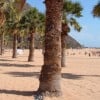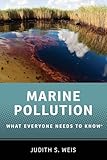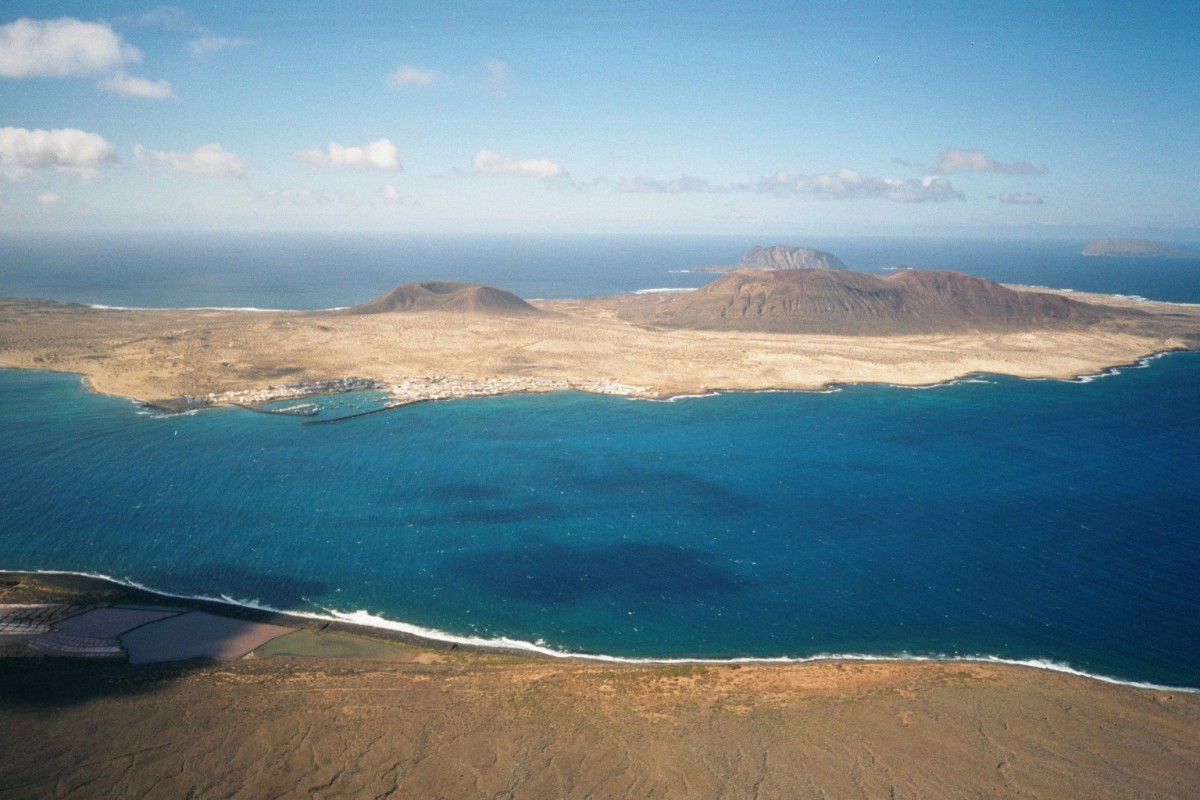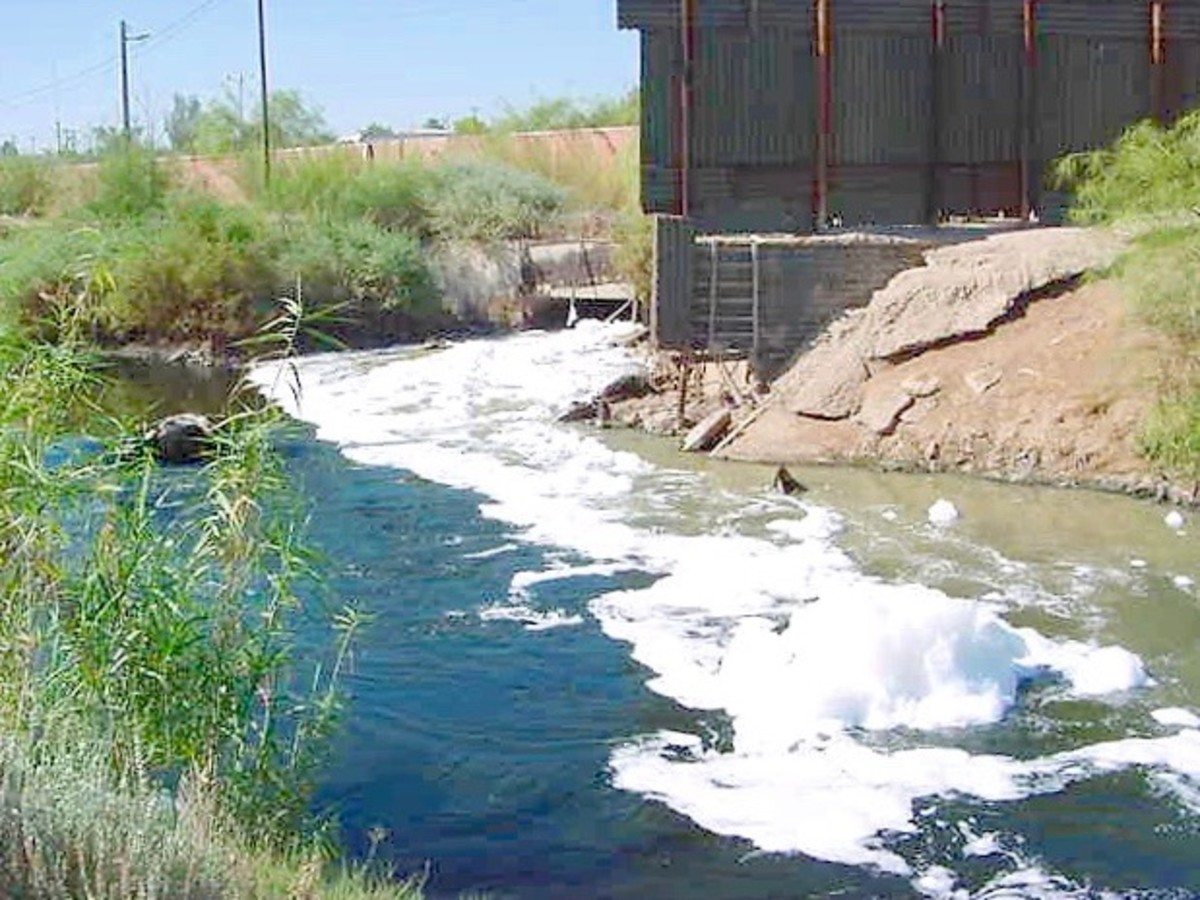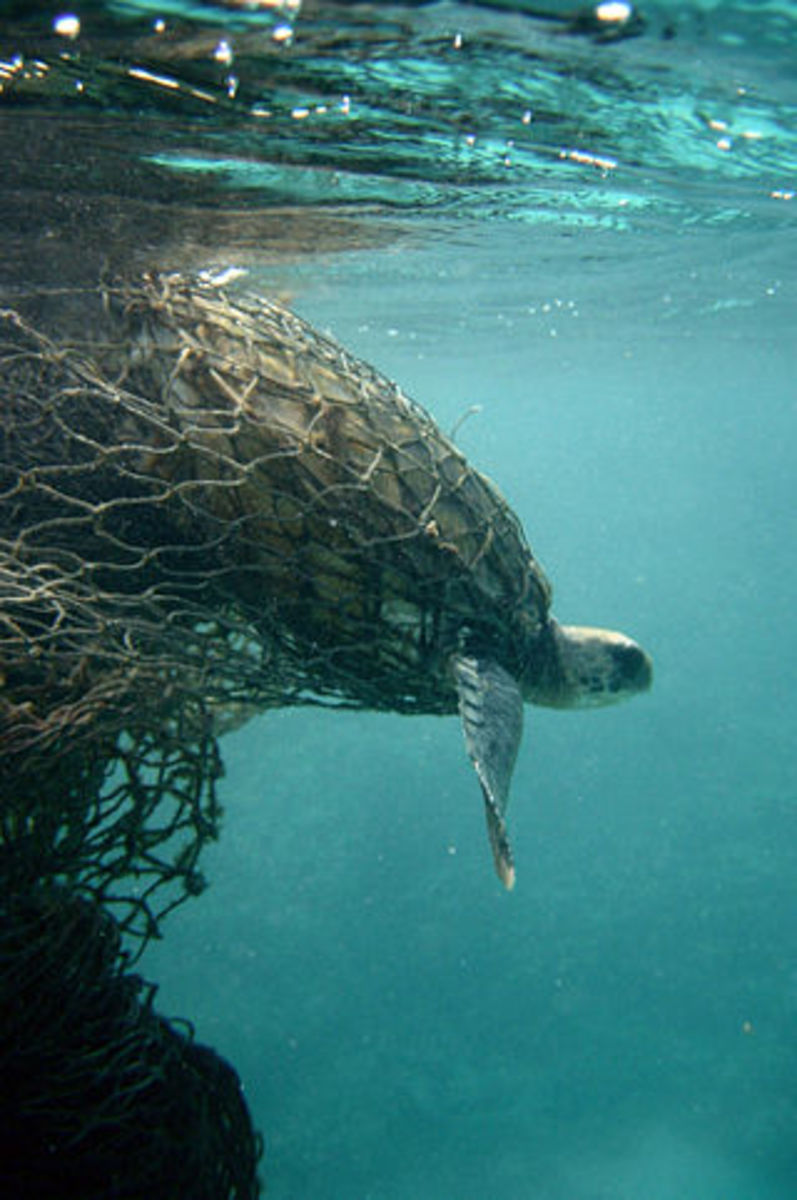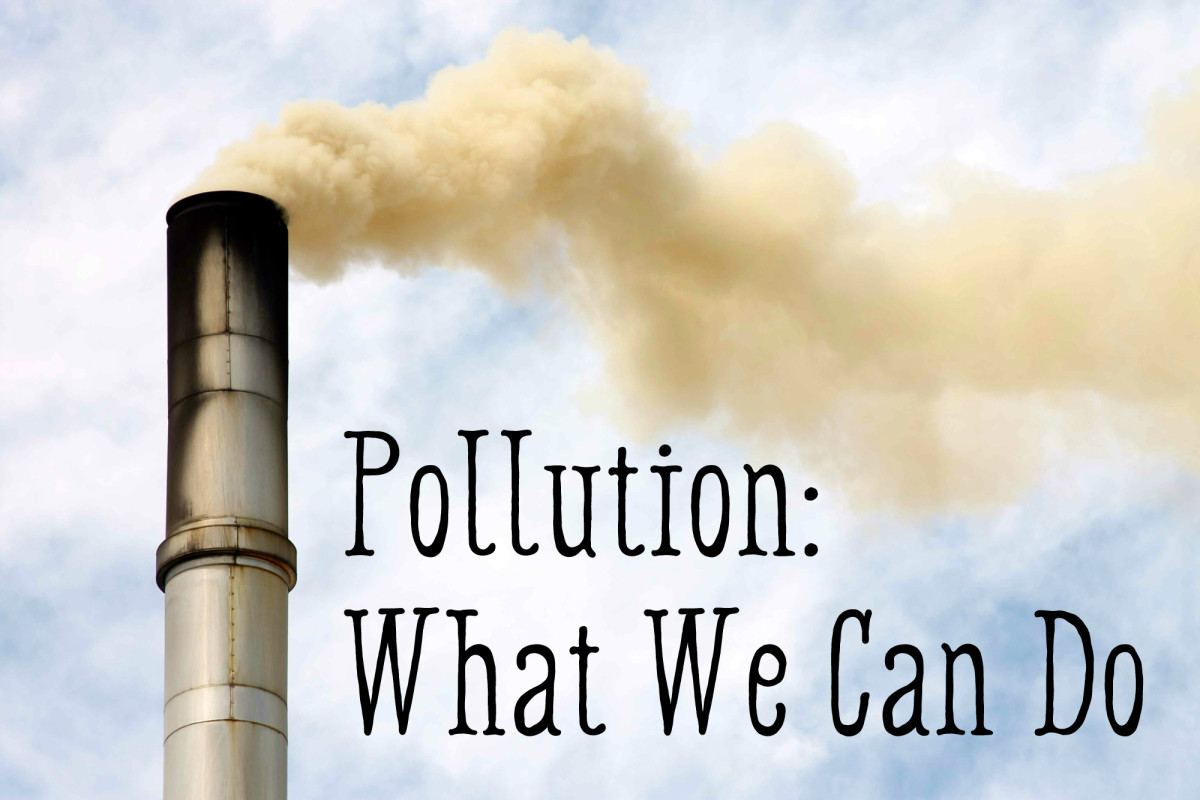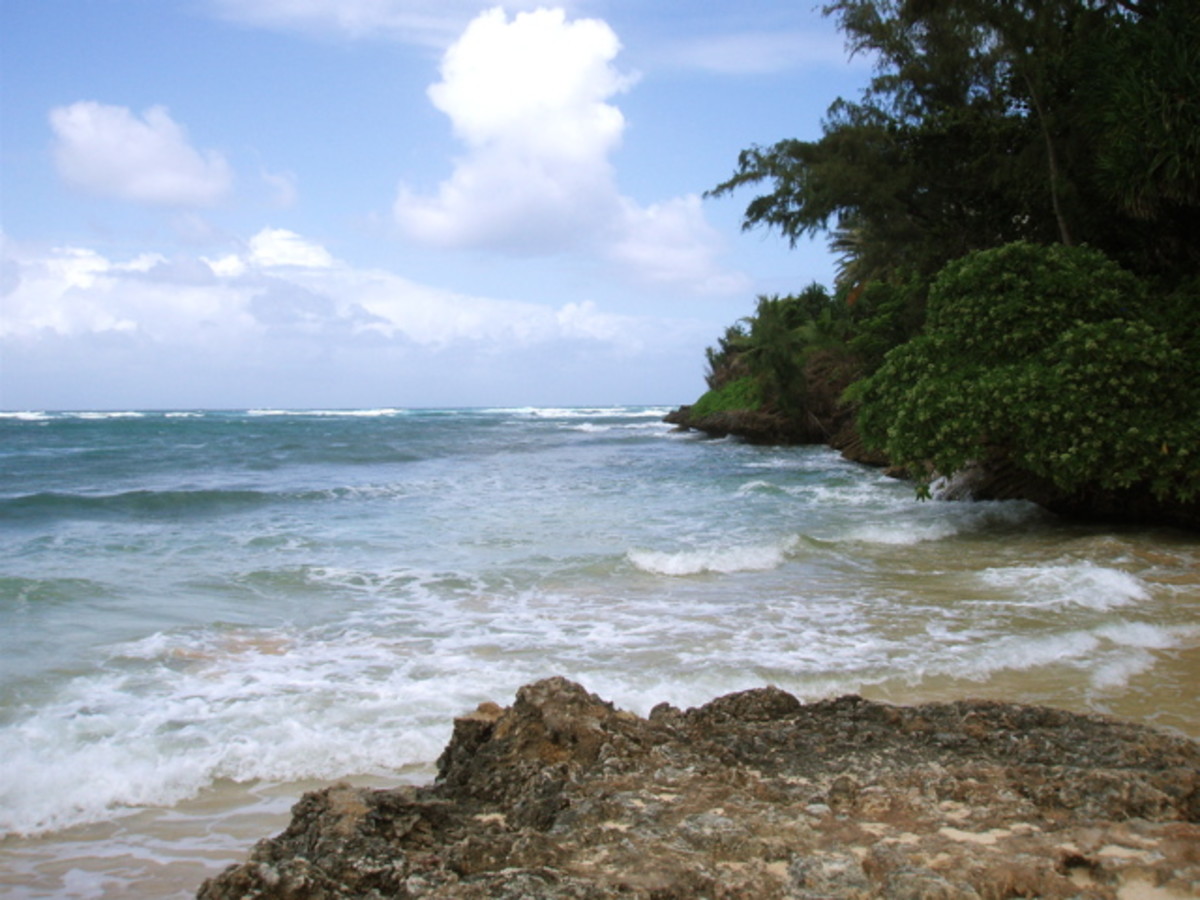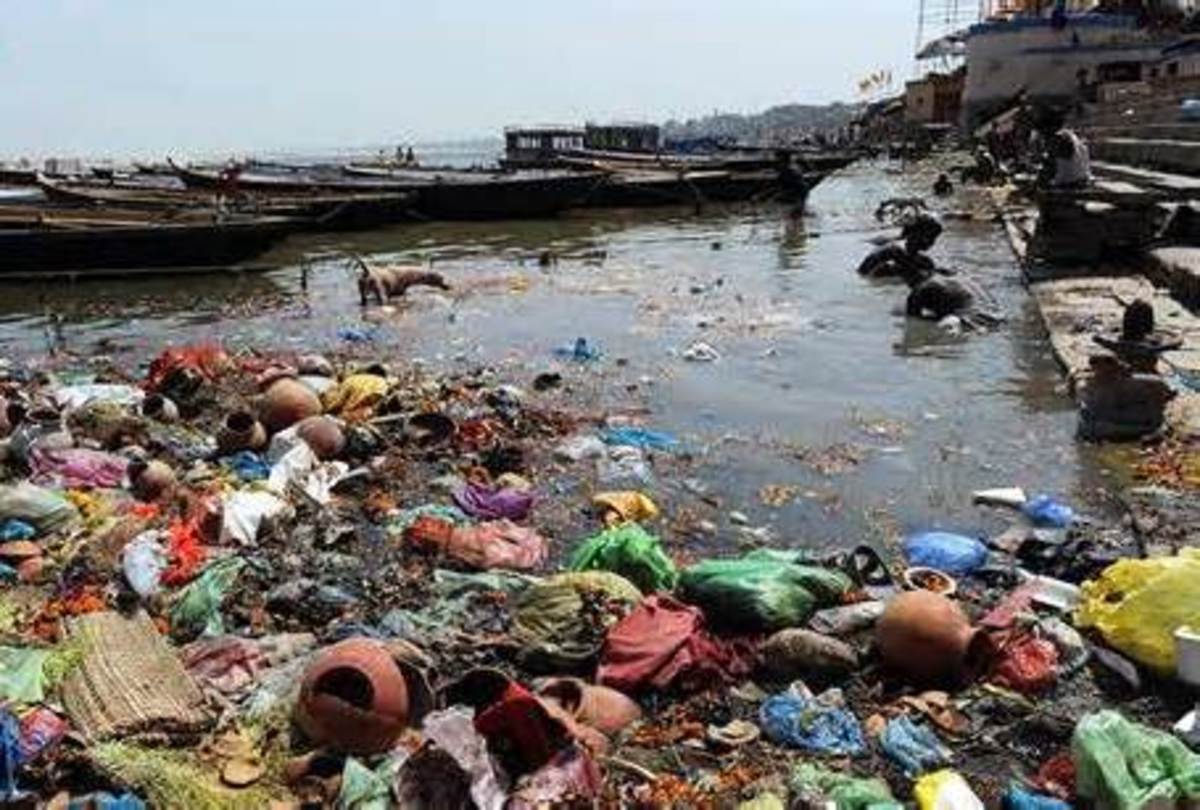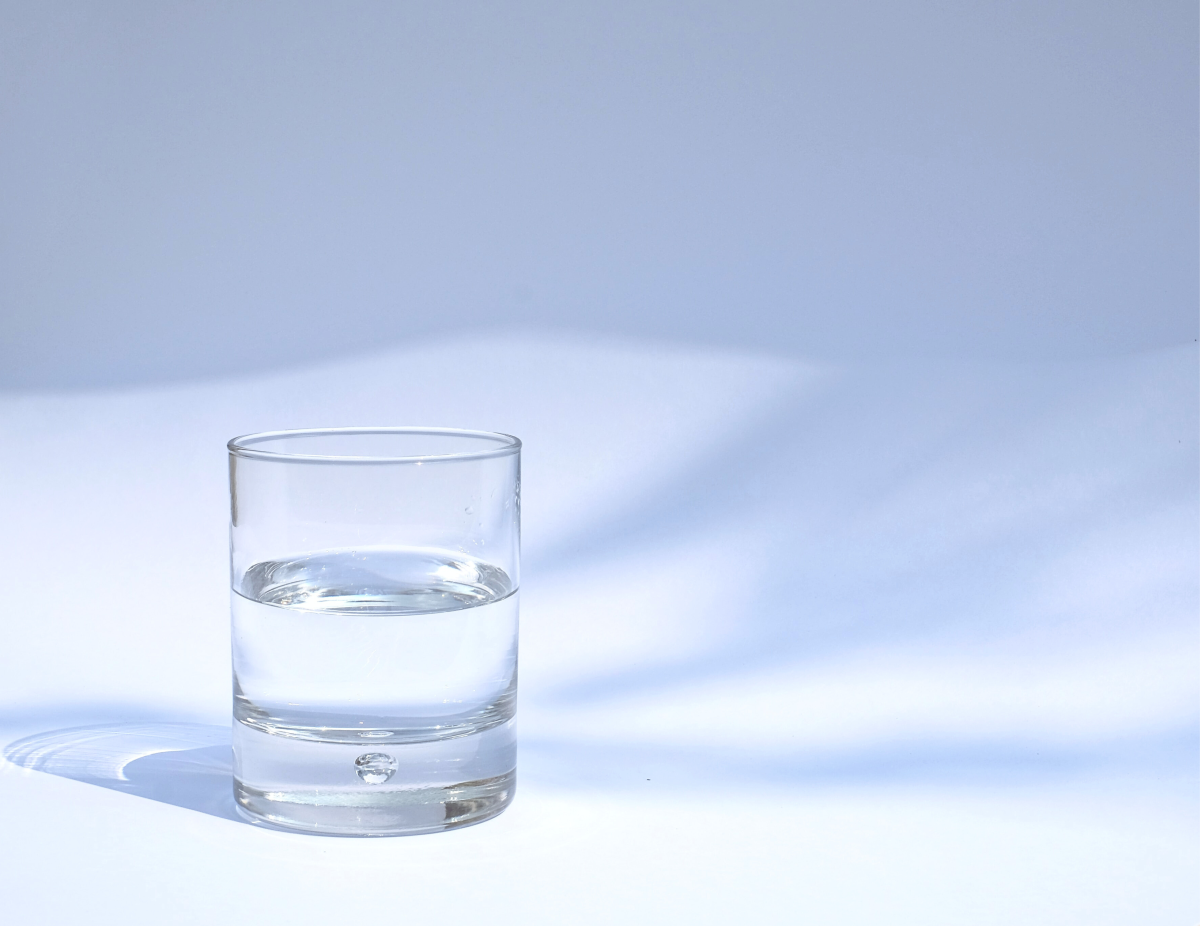Plastic pollution is a problem in Tenerife in the Canaries too
Plastic is a serious danger to marine life
Many people do not realise what a serious danger thrown away plastic has become to marine life and to being the worst pollutant of the oceans.
Plastic bags, bottles, tops, toys and other items are filling the seas with rubbish that is not biodegradable and kills marine creatures that mistake it for food. Sadly the seas around Tenerife and the Canary Islands are not immune to this terrible problem.
Marine pollution
Plastic pollution photos
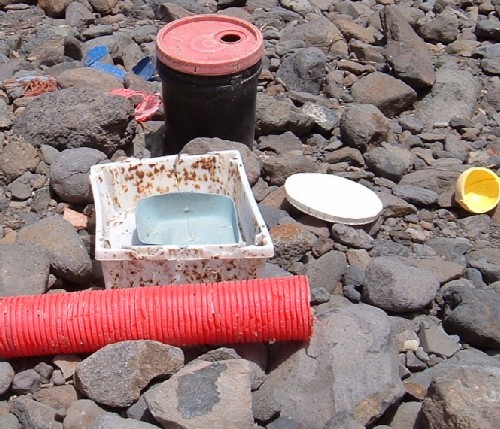
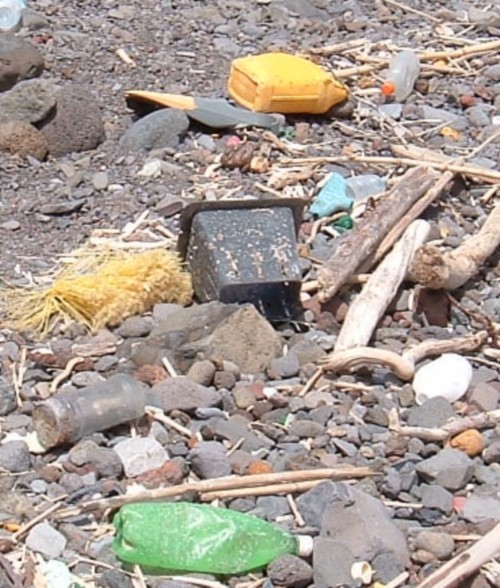
A worldwide problem
Plastic as a source of marine pollution has become a major threat worldwide, and as I write, adventurer and environmentalist David de Rothschild is halfway across the Pacific Ocean on a catamaran called the Plastiki in a bid to draw attention to the matter and raise awareness.
David's craft has been made from 12,500 used plastic water and pop bottles that are now serving to keep the boat afloat and demonstrate what can be done with recycled materials. His voyage went past the Great Pacific Garbage Patch, which is a gyre in the ocean in which rubbish mostly made up of plastic accumulates, and is said to be twice the size of Texas. It is one of five gyres like this in the oceans today.
The danger to sea creatures is that they mistake plastic items for seafood and swallow it. A floating plastic bag looks like a jellyfish to a turtle and a broken plastic toy can look like a squid to an albatross. These endangered birds, in which 18 of 22 species, are now "critically endangered," feed this refuse to their chicks. The baby birds cannot digest it, cannot pass it through them and die as it fills their stomachs.
The same goes for whales and turtles that have eaten plastic objects they found floating in the sea.
If all of this wasn't bad enough, the plastic breaks down into smaller and smaller particles and gets swallowed by fish and other marine life. It ends up in the food chain and eventually in us!
In some places in the ocean there are as many as six pieces of plastic to one of plankton.
Plastic absorbs toxic chemicals as well and these are passed on into the bodies of anything or anyone that has consumed it. Plastic really is a very serious threat to life!
Most of it gets into the sea from inland and vast amounts are washed down after storms. Other plastic litter is thrown on beaches and sea fronts and can easily get washed out to sea or washed back in at a later date, or get carried out by the currents to end up in one of the oceanic gyres.
Amongst plastic rubbish that can be found on beaches and in the water are plastic bags, plastic pots, plastic brushes, plastic bottles and their caps, plastic lighters, plastic tubes, plastic tubs, plastic toys, plastic tools and plastic trays. You name it, it ends up in the oceans.
Tenerife has had successful beach clean-ups in the past but it is impossible to keep up with the amount of plastic trash that can wash in from the sea. For an island that prides itself on its amazing marine life, which is a major attraction to divers and tourists, it is very tragic that rubbish carelessly thrown away is killing animals like whales and turtles.
Plastic pollution hub links
- Plastic Poem
Inspired by David de Rothschild's Plastiki Expedition, which is currently making its epic journey across the Pacific Ocean and passing through the Great Pacific Garbage Patch, an area twice the size of Texas... - David de Rothschild has a new fansite on Facebook
It all began when I listened to the Alex Jones show when he had David Mayer de Rothschild on as his guest and was very rude to him. I found myself siding with David and ended up writing a hub here all about...
